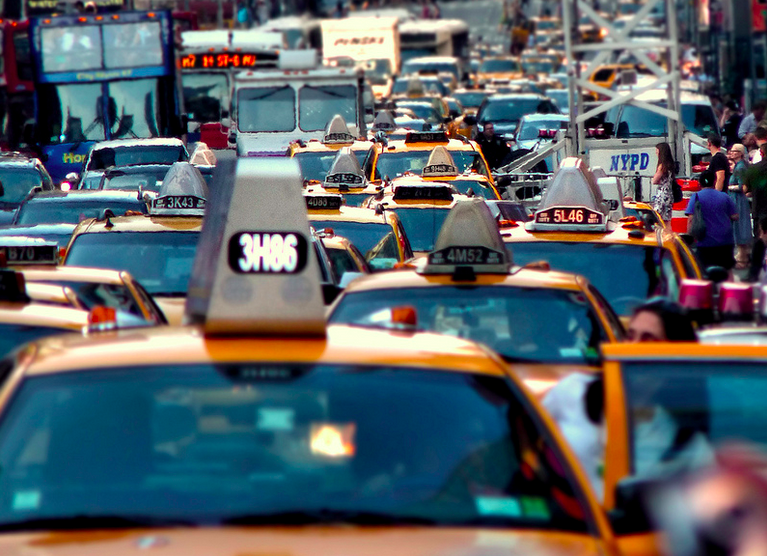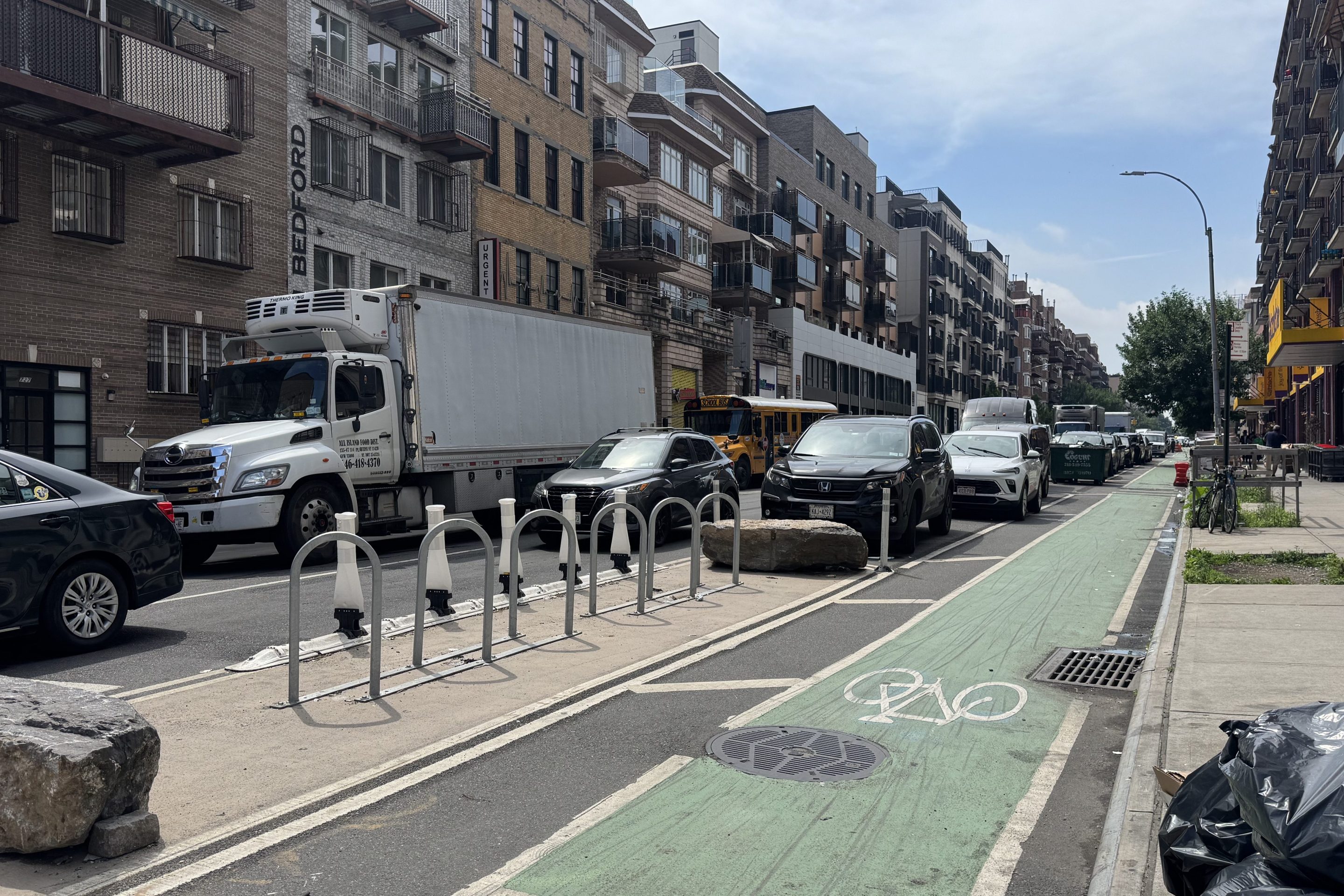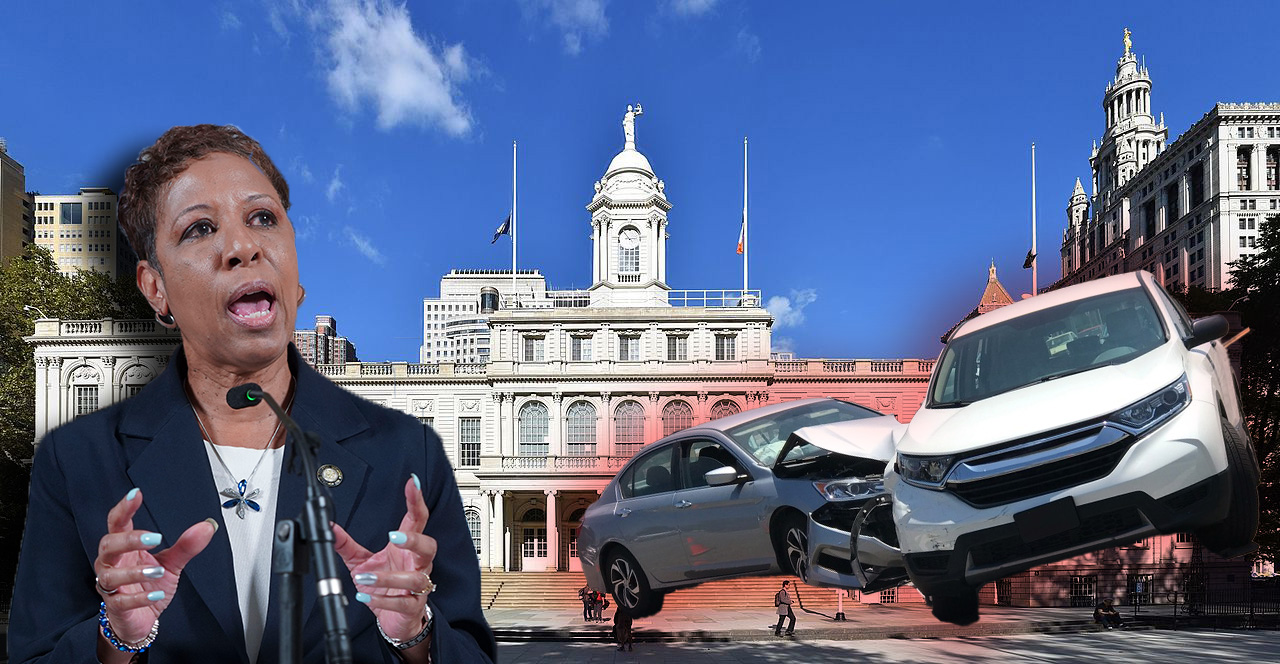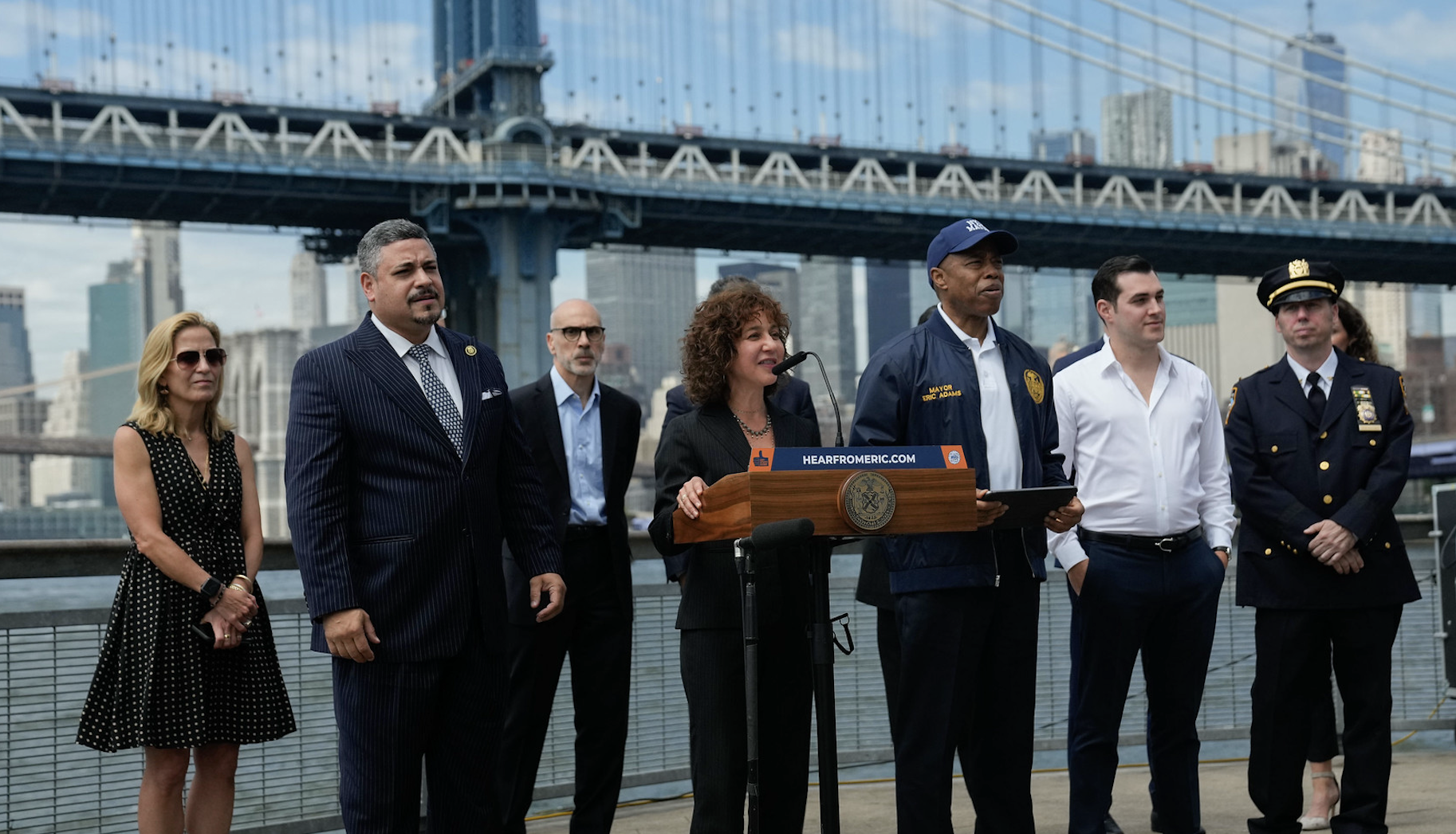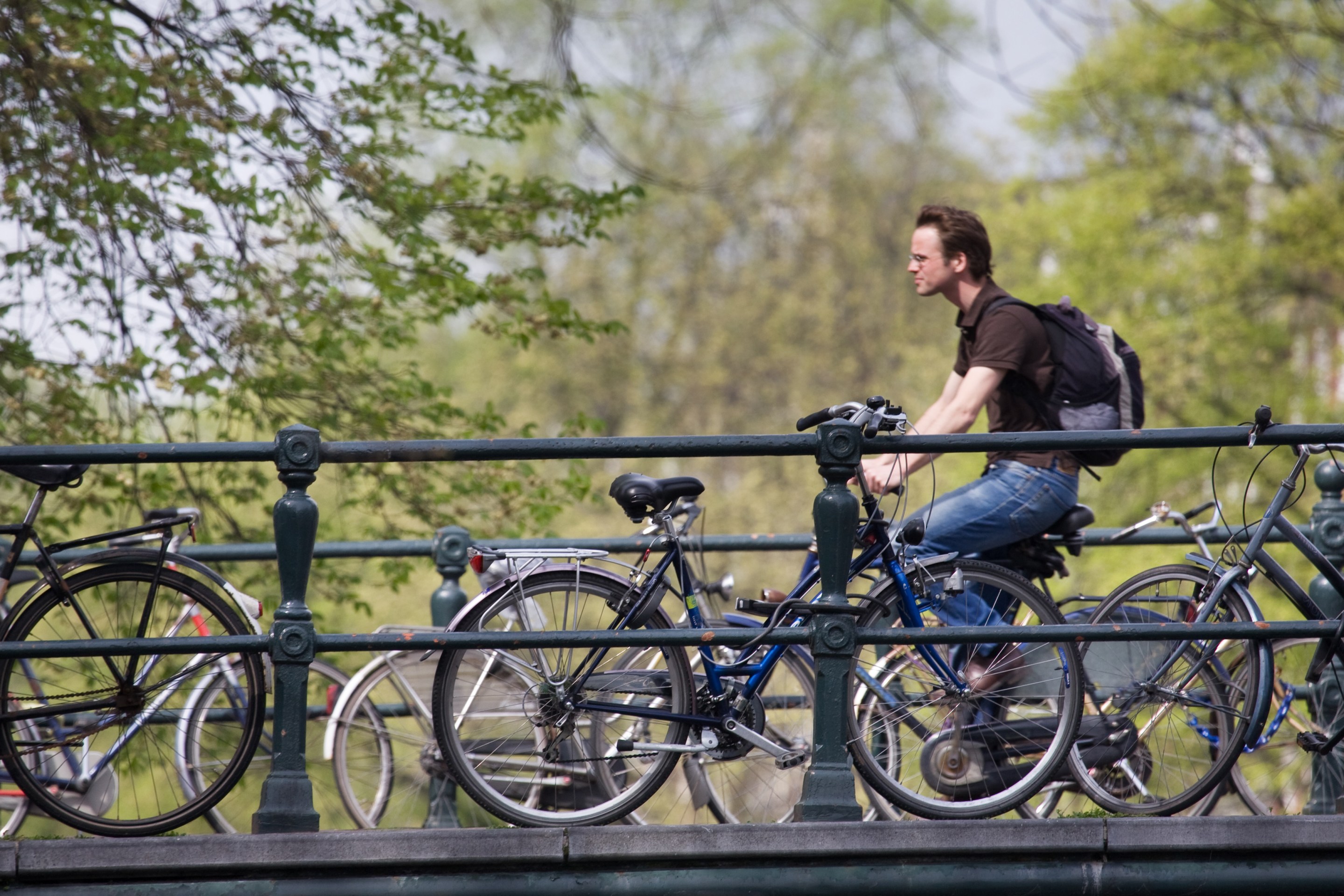The City Council is weighing a one-year cap on the number of vehicles that Uber, Lyft and other app-based ride-hail services can deploy on New York streets. A vote could come as early as next week.
The intent is to halt the flood of app-based for-hire vehicles and its resulting social ills including worsened Manhattan gridlock and a disastrous “race to the bottom” for drivers. Nevertheless, a cap won’t provide much of a cure. The better plan is congestion pricing for all cabs and, of course, private cars and trucks, coupled with a wage standard for drivers like the one recently outlined for the Taxi and Limousine Commission.
That’s a lot to absorb. Let’s unpack it all:
A Cap Won’t Help
Caps rarely deliver as intended; workarounds are too easy. An Uber ceiling will encourage permit-holders to rent their idle vehicles to other drivers who want in. As The New York Times editorialized, “Uber cars that currently spend seven or eight hours on the road could be used twice as long if new licenses become hard to get.” Traffic will worsen, further diluting driver earnings and slowing down everyone trying to get around.
In theory, the city could impose the cap only in the increasingly gridlocked Central Business District of Manhattan south of 60th Street or the somewhat larger “Manhattan taxi zone” which extends to 96th Street. The mechanism to do so isn’t clear, however. Would it be geo-fencing? A permit lottery? Also, the proposed cap exempts disabled-accessible cabs. If applications pour in for those, the gridlock will only get worse.
That’s no idle concern, in light of my modeling calculations suggesting that a single vehicle moving or even just sitting in the central business district for an hour imposes two hours’ worth of aggregate delays on other cars, cabs, buses and trucks — a “social slowdown” with a hundred-dollar tab in lost time.
An Uber cap, however, would be rife with unwanted consequences such as inhibiting app-based rides where they add positive value — in the city’s ever-encroaching transit deserts and communities historically underserved by yellow cabs. Fortunately, an alternative is available.
Congestion Pricing, in Two Steps
Rather than a cap, officials could enact a pricing scheme for Ubers and Lyfts that preserves their mobility (the pro) while counteracting their congestion (the con). Such a system would surcharge rides in the taxi zone, where transit is most plentiful and reliable, and congestion costs are highest, while charging little or nothing for rides elsewhere, where those conditions are reversed.
This approach is no mere theory; it’s now state policy devised as a mass transit revenue-raiser that’s scheduled to take effect on New Year’s Day when for-hire vehicle rides that touch the Manhattan taxi zone will be surcharged $2.50 for yellow cabs and $2.75 for Ubers and Lyfts. A surcharge on time traveled in the taxi zone would have been more effective than the legislature’s flat fee, but the policy should make at least a modest dent in Manhattan gridlock by deterring a fraction of rides.
I have estimated that the pending surcharges will yield a 4-percent uptick in travel speeds in the central business district, owing to a projected 4-percent decline in Uber and Lyft trips and a 6-percent drop in yellow cab rides in the taxi zone. In contrast, Uber and Lyft pickups in the rest of the city will fall by a negligible one-half of one percent. In short, app-based trips outside the traffic-clogged area of the city will be unaffected.
To be sure, the 4-percent predicted bump in CBD speeds is small bore in the face of today’s historically awful midtown gridlock. The boost would be higher but for the ever-present “rebound effect” by which any new traffic daylight induces additional private car trips.
The real antidote, of course, is “pedal to the metal congestion pricing,” as The Daily News (and The Times, less colorfully) reminded us in editorials on Tuesday. What I call the “Higher-Range Plan” embodied in Gov. Andrew Cuomo’s Fix NYC report would vastly improve Manhattan travel speeds at a loss of just a few percent of combined yellow-cab and Uber/Lyft trips. The Move NY Plan, with variable CBD tolling and time-based for-hire vehicle surcharges in the Manhattan taxi zone, would actually boost the number of cab and app-based trips.
A Wage Standard for Drivers
Both papers also endorsed the “earnings standard for app-based drivers” outlined in the recent report by economists James Parrott of the New School’s Center for New York City Affairs and Michael Reich of the University of California, Berkeley. As we wrote at the time, the report recommends that the city adopt a per-minute and per-hour earnings formula for app-based drivers by which drivers’ compensation for each fare would rise automatically in proportion to each app company’s average idle time (zero passengers in the vehicle) in the prior three months.
As we noted:
The policy would incentivize Uber, Lyft, Via, and Gett/Juno — the four companies that dominate the sector — to deploy their dispatch algorithms to maximize the time drivers are on duty with a fare in the car, known as the “driver utilization rate.” That in turn would diminish “cruising” time that squeezes drivers and adds to congestion, resulting in a win for both workers and traffic.
The earnings increase would be paid for by a combination of reduced company profits, higher fares and increased efficiencies.
What To Do — And Not Do — Next
To sum up: The City Council should table the Uber and Lyft cap and direct the TLC to implement the earnings standard for app-based drivers as quickly as possible. The Council should also pass a home-rule resolution calling on the legislature to enact comprehensive congestion pricing in early 2019.
If congestion pricing fails again in Albany, the council should enact it on its own, using the powers granted to it by the state legislature half-a-century ago and codified in New York State’s Vehicle & Traffic Law, §1642(a)(4). A helpful and probably necessary step in that direction would be for Mayor Bill de Blasio to finally dispense with obsolete, rhetorical arguments of economic and geographic inequality and commit to debating congestion pricing on its actual merits.
